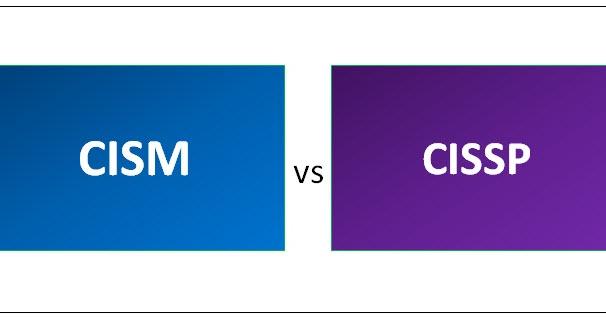Both individuals and organisations work to strengthen their security measures against online attacks and data breaches. The CISSP Certification (Certified Information Systems Security Professional) and CISM Certification(Certified Information Security Manager) are well-known certificates that have become symbols of excellence in this field. A comparison of these certificates is essential as the need for knowledgeable cybersecurity workers keeps rising. This blog compares CISM vs CISSP across several areas and sectors, highlighting each certification’s special benefits and uses.
What is CISSP Certification?
The (ISC)2 certification, known as the CISSP, has long been considered the industry standard in information security. Among the many security domains covered by this certification are asset security, security engineering, and software development security. It is well-known throughout all sectors and regions, making it essential for professionals looking to distinguish themselves as authorities in the field of cybersecurity. CISSP holders frequently work in positions involving security analysis, risk management, and security architecture, where their comprehensive understanding of security concepts is quite helpful.
CISM vs CISSP
The ISACA-provided CISM, on the other hand, is primarily focused on information security management and governance. Although technical features are included, CISM emphasises managing and coordinating security practises with organisational objectives. This makes CISM the perfect choice for people looking to manage security teams or take on crucial responsibilities in determining how secure an organisation is.
The decision between CISM and CISSP frequently depends on the particular emphasis a person or organisation needs. While CISM is designed for people who want to excel in security management and leadership, CISSP may be more suited for those who desire a thorough grasp of technical security implementation.
Global Variances in Preference
Regional specificities can greatly influence the distinction between CISM and CISSP. Due to its thorough covering of technical issues, the CISSP certification is still very sought-after in North America, where the cybersecurity sector has experienced enormous development. Further enhancing its standing is the CISSP’s recognition for specific roles by the US government.
However, as organisations prioritise strategic security management in areas like Europe and Asia, CISM has become popular. European businesses, frequently motivated by strict data protection laws like GDPR, value CISM’s emphasis on integrating security with corporate goals. Similarly, Asia’s fast-developing economies, which demand strong security frameworks, are well-suited to the CISM’s emphasis on governance and risk management.
Industry-Specific Applications
Industries heavily influence the decision between CISM and CISSP. Due to its intricate technological requirements and the necessity to protect sensitive client data, the banking sector, for example, frequently favours CISSP. CISM is preferred by sectors like healthcare and energy, where compliance and risk management are crucial because of its robust governance and alignment elements.
Conclusion
CISM and CISSP certifications remain vital weapons in the cybersecurity professionals’ toolbox in the ongoing war against cyber threats. The decision between the two is based on each person’s career ambitions, organisational requirements, and the unique needs of various areas and sectors. While CISSP establishes itself as an extensive technical certification with widespread acceptance, CISM develops with a strategic management focus, making it the perfect choice for individuals who wish to direct security practices from a complete viewpoint. Both credentials vouch for workers’ proficiency in several facets of information security, greatly enhancing the sturdiness of an organisation’s security stance.






